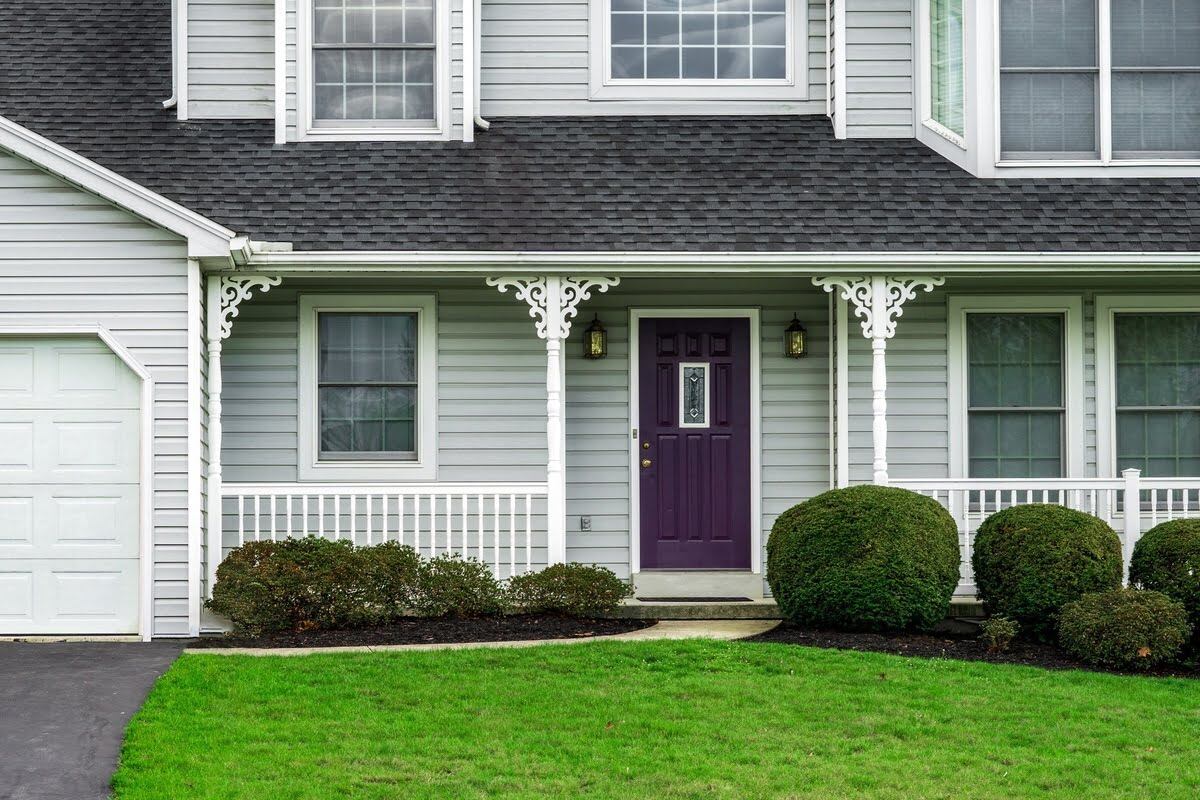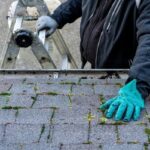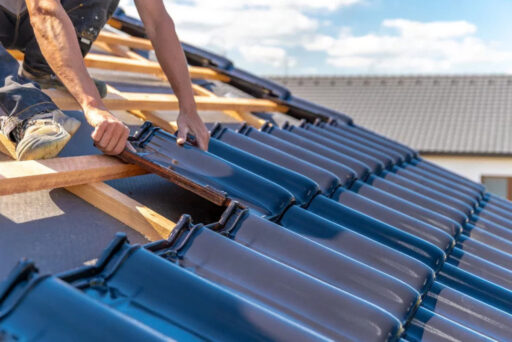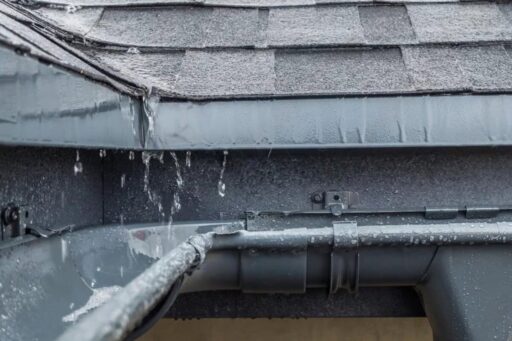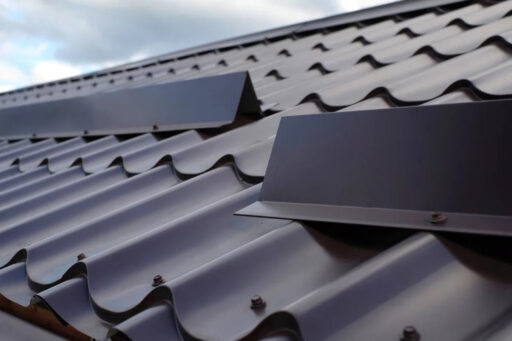When considering a new roof, understanding the average cost of roof installation is crucial. A roof is not just a mere cover over your head; it’s a vital structural component that protects your home and adds value to it. With various materials and installation techniques available, costs can vary significantly. Knowing these costs helps you make informed decisions, ensuring you invest wisely in your home improvement projects. A well-installed roof can enhance curb appeal, improve energy efficiency, and provide peace of mind. To make the best decision, it’s essential to familiarize yourself with the different roofing materials, installation processes, and potential hidden costs.
Factors Influencing Roof Installation Costs
Several factors influence the overall cost of a roof installation. These factors include the size and pitch of the roof, the type of material chosen, and the complexity of the installation process. Understanding these variables will help you plan your budget more accurately and ensure you make informed choices.
- Roof Size and Pitch: The size of your roof directly affects the cost, as more materials and labour are required for larger roofs. Similarly, the pitch or steepness can impact the price. Steeper roofs may require specialized equipment and additional safety measures, increasing labour costs.
- Material Type: The roofing material you choose will greatly influence the cost. Asphalt shingles, metal roofing, cedar shake, and flat roofs each have different price points. It’s essential to weigh the pros and cons of each material, considering factors like durability, aesthetics, and maintenance needs.
- Installation Complexity: Complex roof designs, such as those with multiple peaks, valleys, or intricate details, can increase the cost due to the additional labour and precision required. Additionally, existing structural issues or the need for roof deck repairs can add to the expense.
Breakdown of Costs by Roofing Material
Understanding the cost breakdown for different roofing materials is essential to make an informed choice. Here’s a detailed look at the average costs associated with various popular roofing materials:
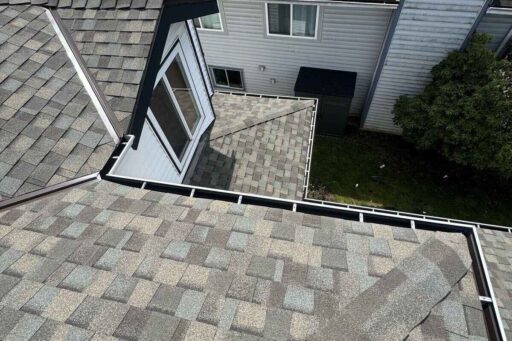
Asphalt Shingles
Asphalt shingles are one of the most common roofing materials due to their affordability and ease of installation. On average, you can expect to pay between $5,000 and $8,000 for a standard asphalt shingle roof installation on a typical home. This cost includes both materials and labour.
Asphalt shingles come in a variety of styles and colours, allowing you to customize the look of your roof. While they are budget-friendly, they may not last as long as other materials and may require replacement every 15-30 years, depending on the quality and climate conditions.
Despite their lower lifespan, asphalt shingles offer a good balance between cost and performance for many homeowners. They provide adequate protection and are relatively easy to install, making them a popular choice for those on a budget.
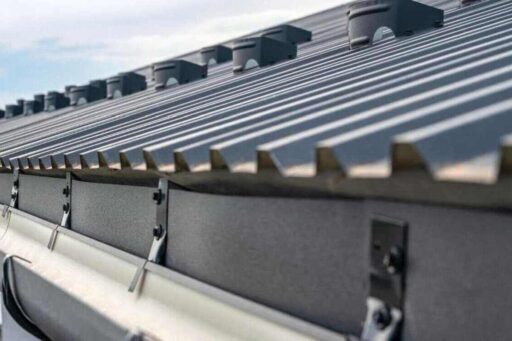
Metal Roofing
Metal roofing is known for its durability and longevity. The cost of installing a metal roof typically ranges from $10,000 to $25,000, depending on the type of metal used and the roof’s complexity. While the initial investment is higher than asphalt shingles, metal roofs can last 40-70 years, making them a cost-effective choice over time.
Metal roofs are available in various materials, including steel, aluminum, and copper. Each has its own price range and benefits. For instance, aluminum is resistant to corrosion, while copper offers a distinctive appearance that can enhance a home’s aesthetic appeal.
In addition to their durability, metal roofs are energy-efficient, reflecting sunlight and reducing cooling costs. They are also environmentally friendly, often made from recycled materials and fully recyclable at the end of their lifespan.
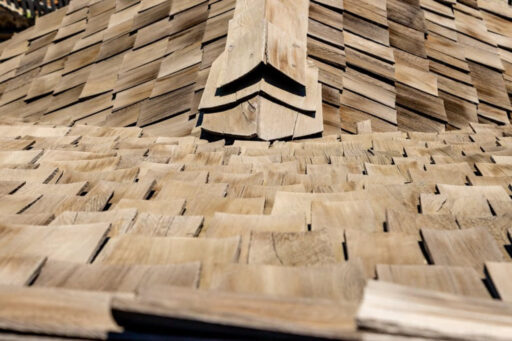
Cedar Shake Roofing
Cedar shake roofing provides a natural, rustic appearance that many homeowners find appealing. The cost for cedar shake roofing varies, typically ranging from $12,000 to $20,000, depending on the quality of the wood and the complexity of the roof’s design.
Cedar shakes are not only visually attractive but also offer good insulation properties and resistance to wind and impact. However, they require regular maintenance to prevent issues like mould, rot, and insect infestations.
Despite the maintenance needs, cedar shake roofs can last 30-40 years with proper care. They offer a unique aesthetic that can increase a home’s value and appeal, making them a worthwhile investment for those seeking a distinctive look.

Flat Roofing Systems
Flat roofing systems are commonly used for commercial buildings but are also gaining popularity in residential applications. The cost for a flat roof installation typically ranges from $5,000 to $15,000, depending on the materials used and the roof’s size.
There are several materials available for flat roofs, including EPDM rubber, TPO, and modified bitumen. Each material has its own price and performance characteristics, affecting the overall cost and durability of the roof.
Flat roofs offer a modern look and can be used as additional living space, such as a rooftop garden. However, they require proper drainage systems to prevent water accumulation and potential leaks, adding to the maintenance requirements.
Regional Variations in Roof Installation Costs
Roof installation costs can vary significantly depending on your geographical location. Factors such as local labour rates, material availability, and regional climate conditions can all impact the overall expense of a roof installation.
- Labour Costs: In areas with a higher cost of living, you may find that labour rates are more expensive, increasing the overall cost of the project. Conversely, regions with lower living costs may offer more affordable labour, reducing the expense.
- Material Availability: Proximity to manufacturing facilities or suppliers can affect material costs. In regions where certain materials are more readily available, you may benefit from lower prices due to reduced shipping and handling costs.
- Climate Considerations: The local climate can also influence the choice of roofing material and installation techniques. For example, areas prone to heavy snowfall may require more robust materials to withstand the weight, while regions with high humidity may need materials resistant to mould and rot.
Hidden Costs to Consider in Roof Installation
When budgeting for a roof installation, it’s essential to consider potential hidden costs that may arise during the project. These unexpected expenses can significantly impact your overall budget if not anticipated.
- Permits and Inspections: Depending on your local building codes, you may need permits for your roof installation. Additionally, inspections might be required before and after the project to ensure compliance with regulations, adding to the total cost.
- Structural Repairs: If your roof deck or underlying structure has damage or rot, repairs will be necessary before installation can proceed. These repairs can be costly, especially if extensive work is required to ensure the roof’s stability.
- Disposal Fees: Removing and disposing of old roofing materials can incur additional fees. Depending on the material and local regulations, disposal costs can vary, so it’s important to factor this into your budget.
By being aware of these potential hidden costs, you can better prepare for any surprises and avoid exceeding your budget.
Comparing DIY vs. Professional Roof Installation Costs
When considering a new roof, you might wonder whether to tackle the project yourself or hire a professional contractor. Each option has its own set of costs and benefits, so it’s essential to weigh them carefully.
DIY Roof Installation
Opting for a DIY roof installation can save you significant labour costs, making it an attractive option for those on a tight budget. However, roofing is a complex and dangerous task that requires skill, experience, and specialized equipment. Mistakes can lead to costly repairs and safety hazards.
Additionally, DIY installations may void warranties on materials or lead to non-compliance with local building codes. If you choose this route, ensure you have the necessary skills, tools, and safety measures in place to complete the project successfully.
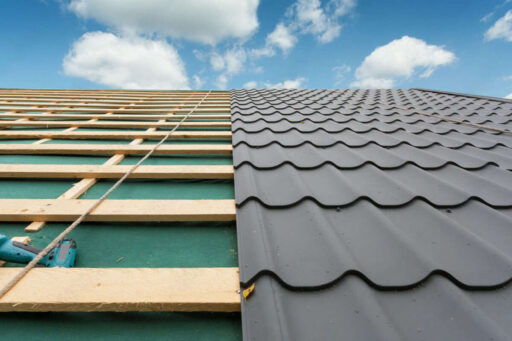
Professional Roof Installation
Hiring a professional roofing contractor offers several advantages, including expertise, experience, and access to high-quality materials. While the upfront cost may be higher due to labour charges, a professional installation can ensure a long-lasting and reliable roof.
Professionals are familiar with local building codes and regulations, ensuring your roof meets all necessary standards. They also offer warranties on their work, providing peace of mind and protection against future issues.
Ultimately, the choice between DIY and professional installation depends on your skills, budget, and comfort level with the project. For most homeowners, hiring a professional is the safest and most reliable option.
Financing Options for Roof Installation
Investing in a new roof can be a significant financial commitment, but there are several financing options available to help ease the burden:
- Home Equity Loans: These loans allow you to borrow against the equity in your home, often providing lower interest rates than other financing options. They’re a popular choice for large home improvement projects like roof installations.
- Personal Loans: If you don’t have sufficient equity in your home, personal loans can provide the funds needed for a new roof. However, interest rates may be higher, so it’s essential to compare options and choose the best terms for your situation.
- Roofing Company Financing: Many roofing companies offer financing plans to help homeowners manage the cost of a new roof. These plans may include low or no-interest options, making it more affordable to spread payments over time.
Summary
Choosing the right roofing material and installation method is a critical decision that can have lasting impacts on your home’s value and safety. By understanding the average cost of roof installation and the factors influencing these costs, you can make informed choices that meet your needs and budget. Investing in a new roof is a significant commitment, but with careful planning and consideration, you can enhance your home’s protection, curb appeal, and energy efficiency. For personalized advice and professional assistance, reach out to local roofing experts who can guide you through the process and help you achieve the best results.

